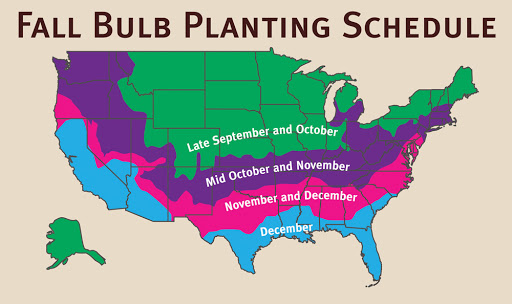Through the years I've tried just about everyone for bulbs but A.D.R. is tops. It's a family run business and the service levels and expertise are as good as the product they sell. My clients rave about the results we get with A.D.R. and that makes me happy.
Paul Keyes
, Paul Keyes Associates
« Previous Plant | Next Plant »
Narcissi Miniature 'Minnow'
Daffodil
Narcissus 'Minnow' is a tazetta daffodil, reaching 6 to 8 inches in height. It produces clusters of 2–5 blooms per stem, with pale yellow petals surrounding buttercup-yellow cups, which gradually fade to creamy white as they mature. The flowers appear in mid-spring and are sweetly fragrant, making them excellent for rock gardens, containers, and naturalized plantings. Thriving in full sun to part shade, 'Minnow' prefers well-drained soil and is deer-resistant, rabbit-resistant, and drought-tolerant. It naturalizes well, forming expanding clusters over time. This variety has won the RHS Award of Garden Merit.
143
Narcissi Calculator
When should I plant Narcissi Miniature 'Minnow'?

Growing and Maintenance Tips for Narcissi Miniature 'Minnow'
Planting: Plant bulbs in fall, 4 to 6 inches deep and 3 to 5 inches apart, with the pointed end up. These daffodils are ideal for naturalizing in meadows, rock gardens, and woodland edges.
Location: Full sun to partial shade. Many species thrive under deciduous trees where spring light is abundant.
Soil: Well-drained, moderately fertile soil with a slightly acidic to neutral pH (6.0–7.0).
Watering: Water after planting and during active spring growth. Once foliage yellows, reduce watering—bulbs prefer dry summer dormancy.
Temperature: Hardy in USDA zones 4–9, depending on species. Most require a winter chill to bloom reliably.
Fertilization: Apply compost or a low-nitrogen fertilizer in fall and again in early spring.
Pruning: Allow foliage to die back naturally to recharge the bulb. Remove spent flower stalks for tidiness.
Propagation: Naturalizes by offsets and self-seeding. Divide clumps every 4 to 6 years in summer when dormant.
Pest & Disease: Deer- and rodent-resistant. Good drainage prevents bulb rot.







Check back soon for additional details.